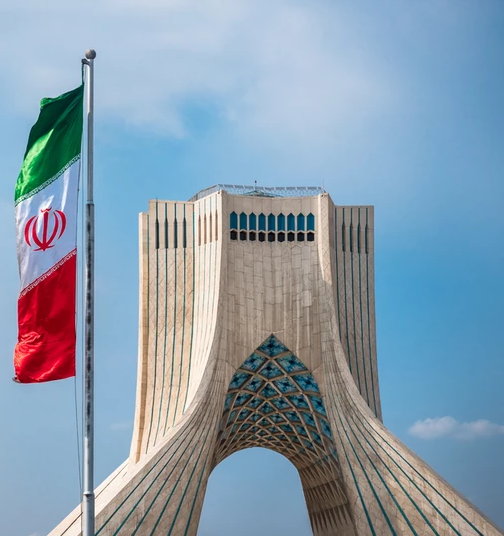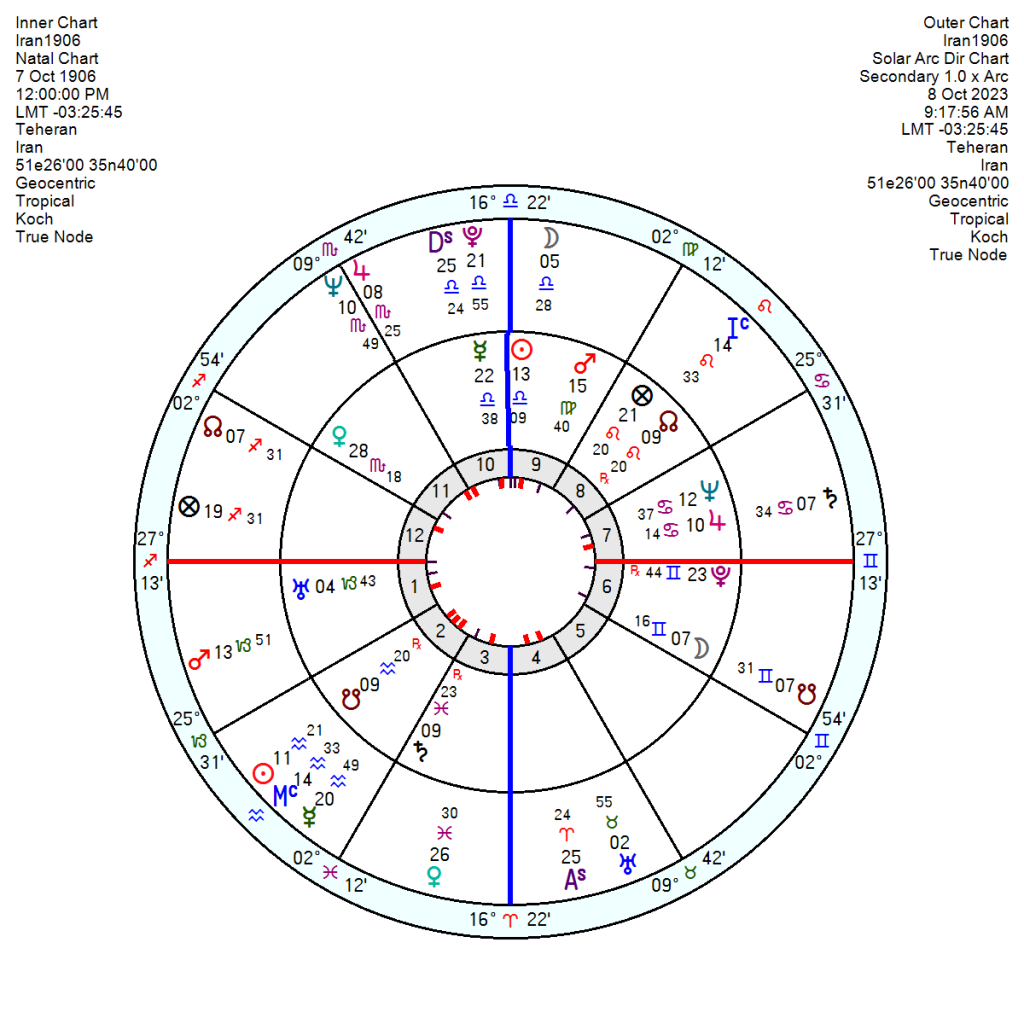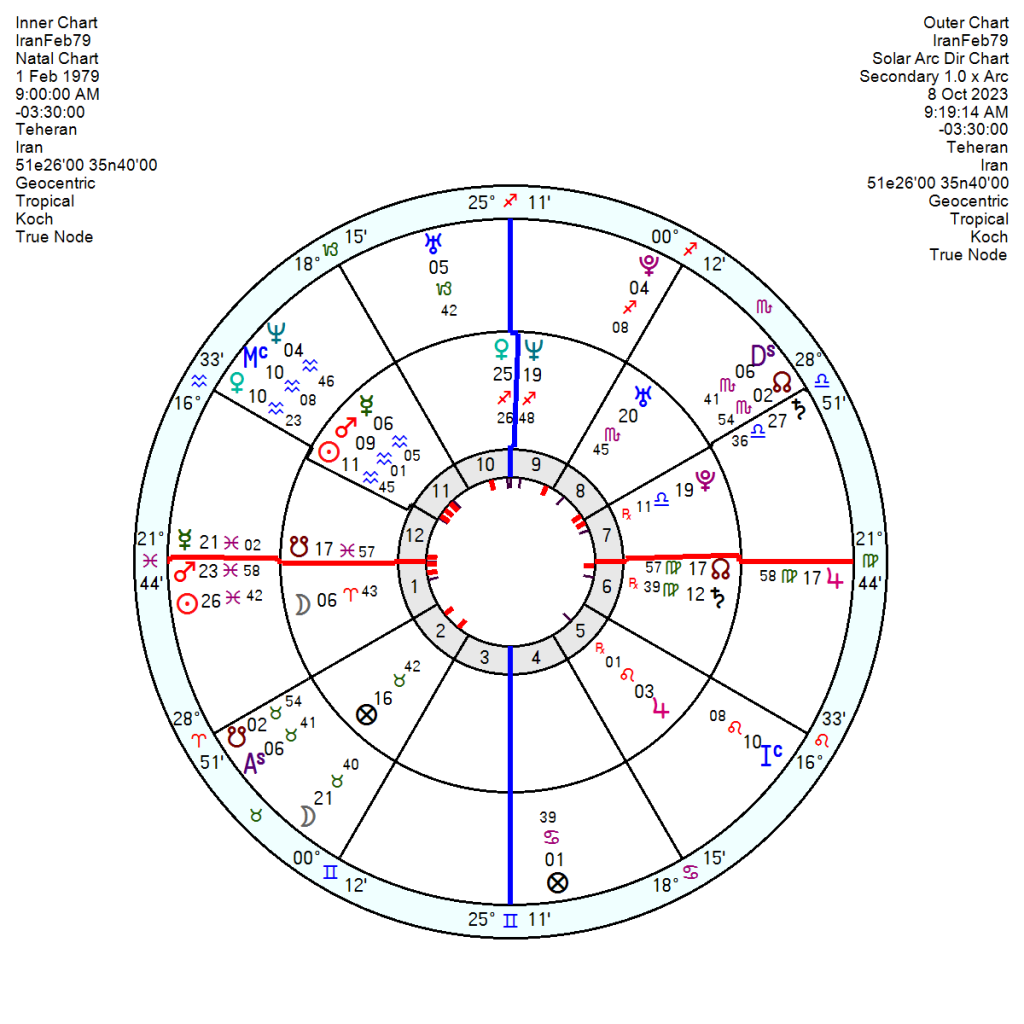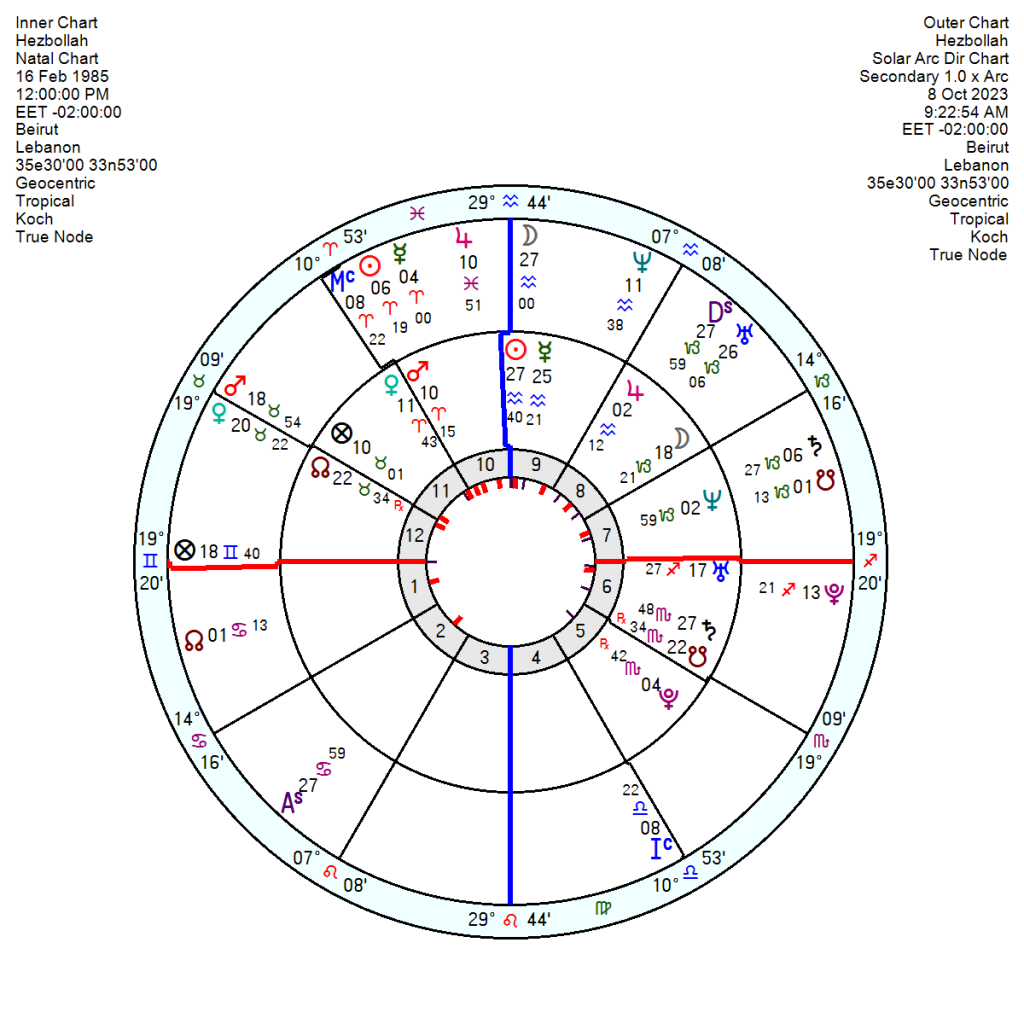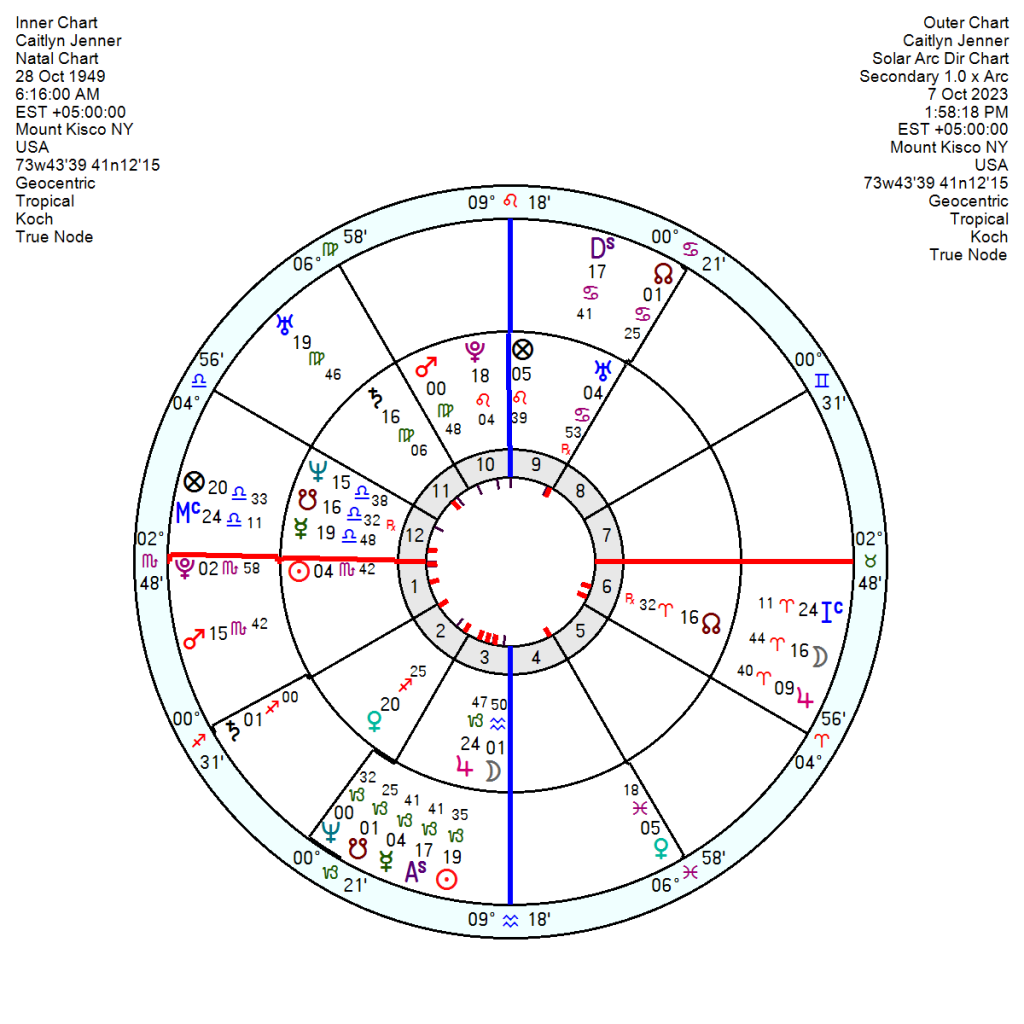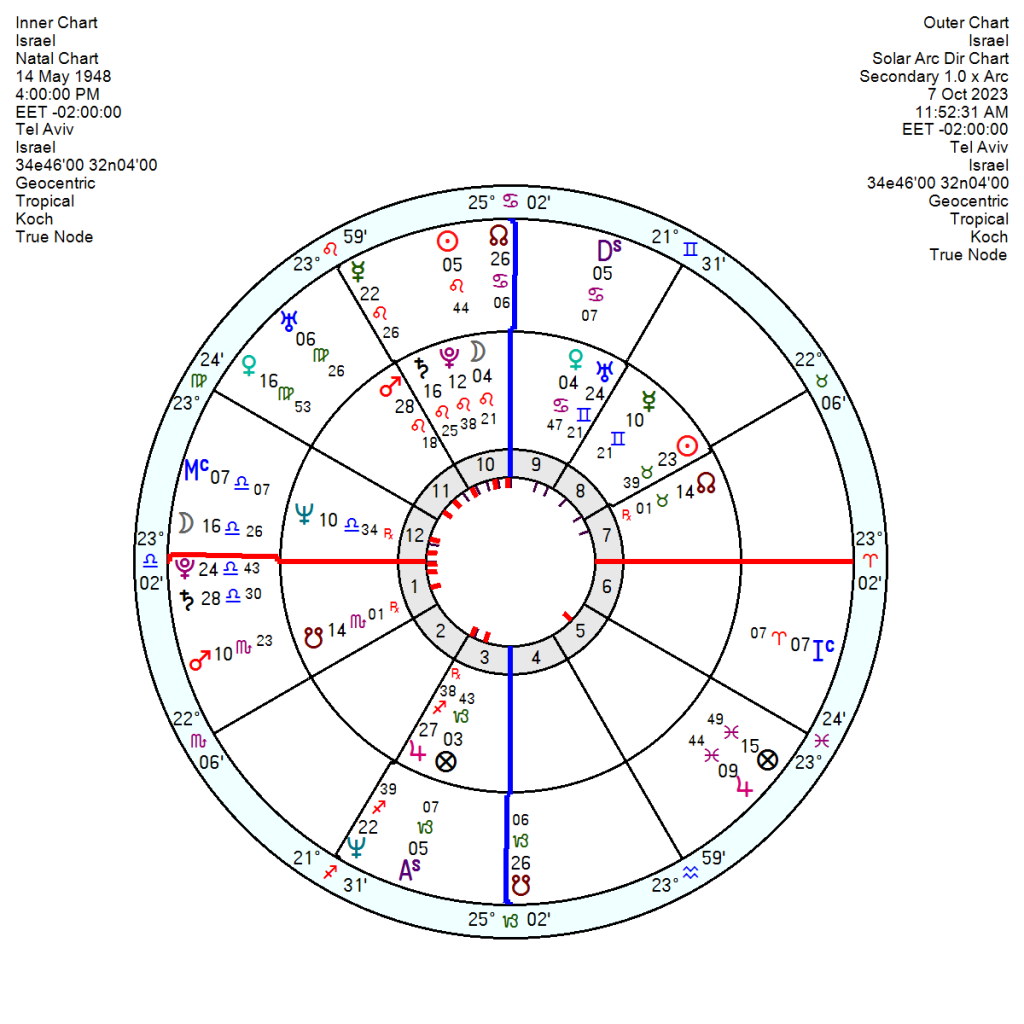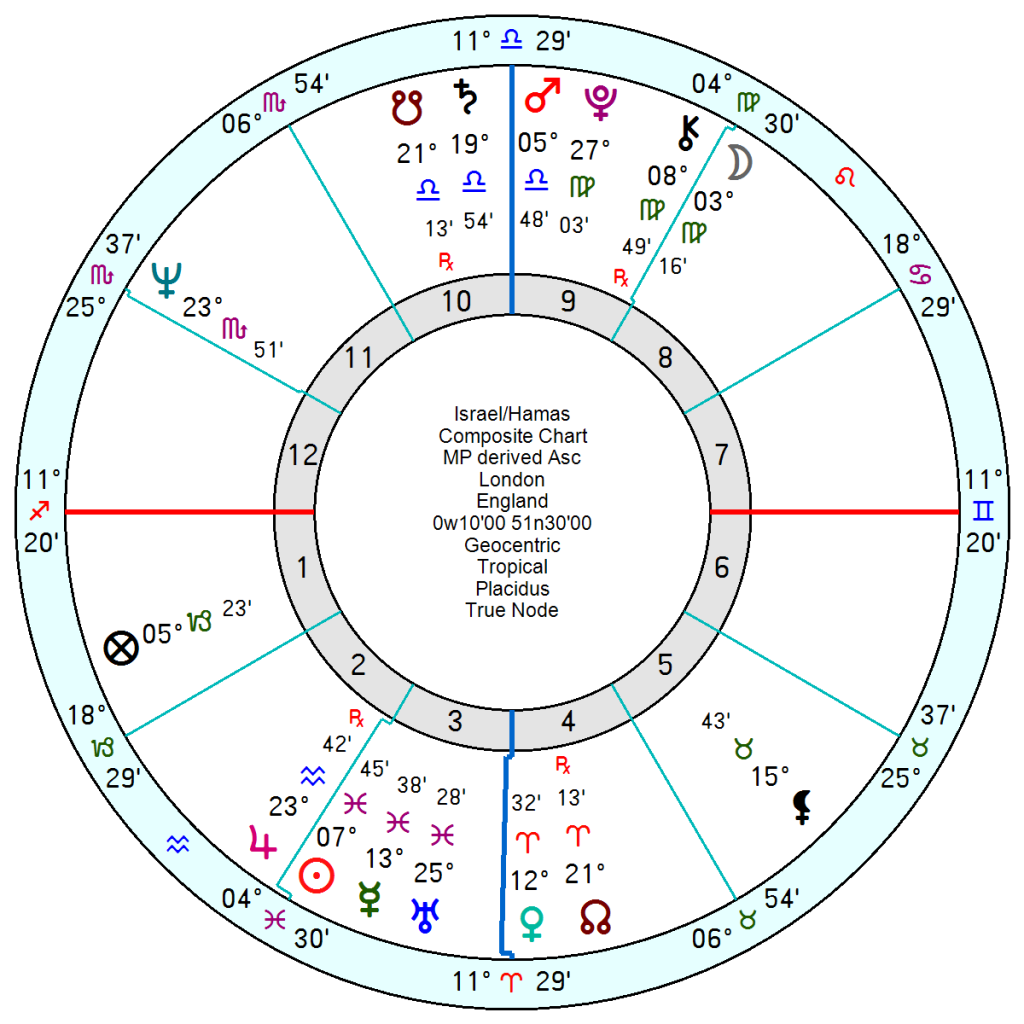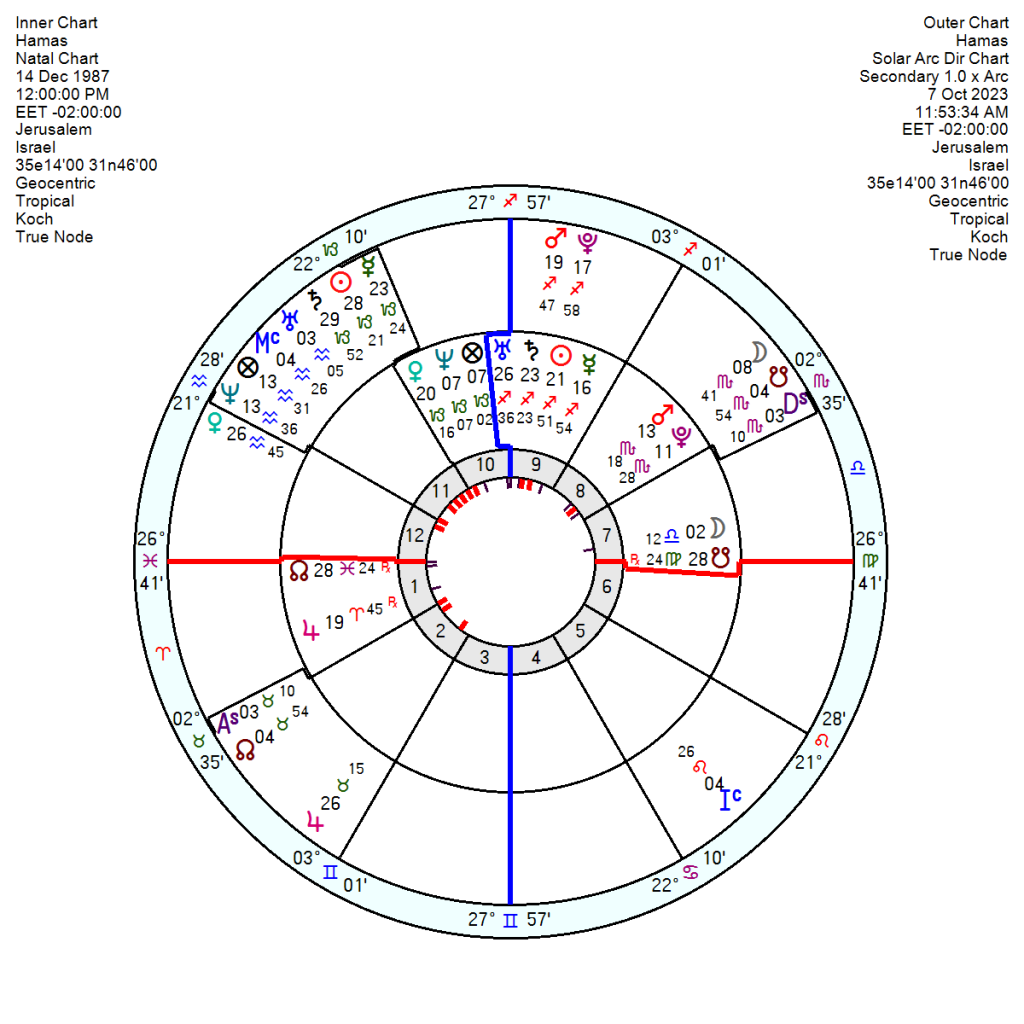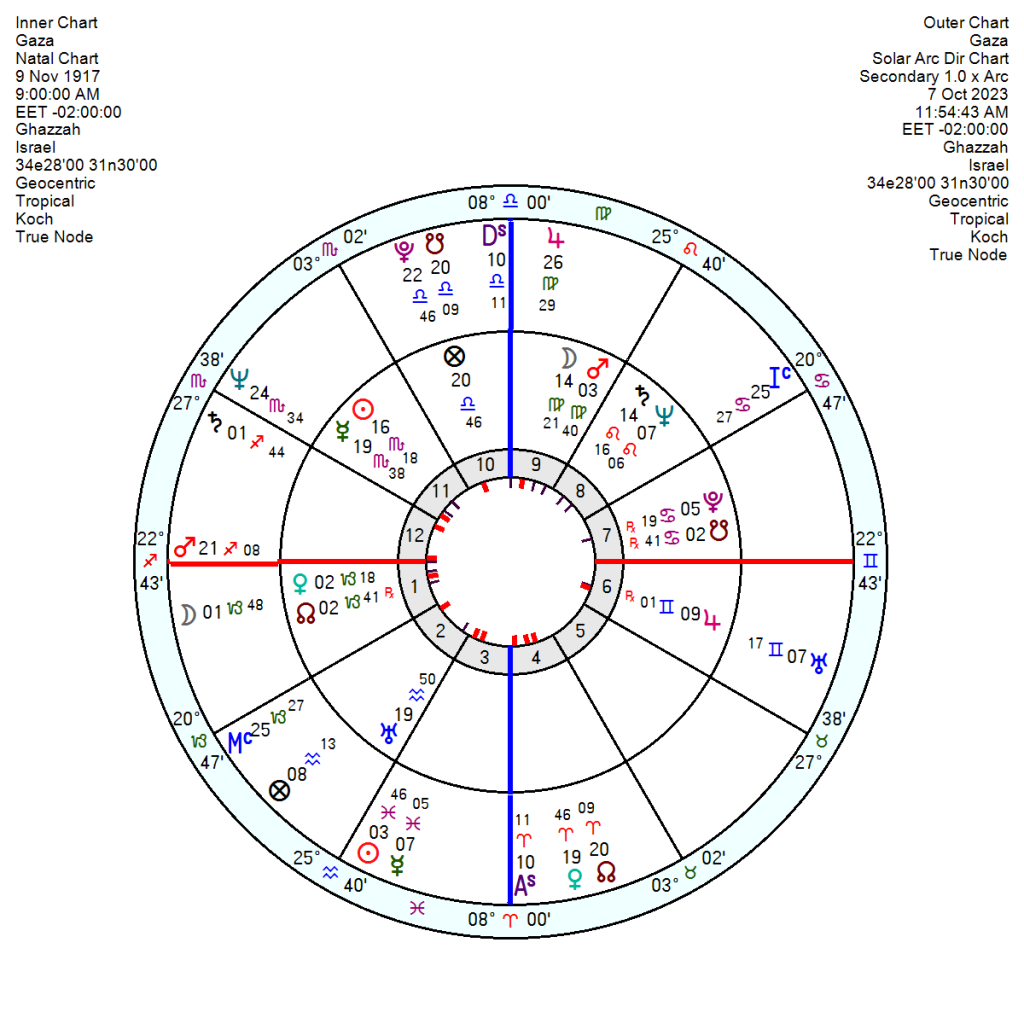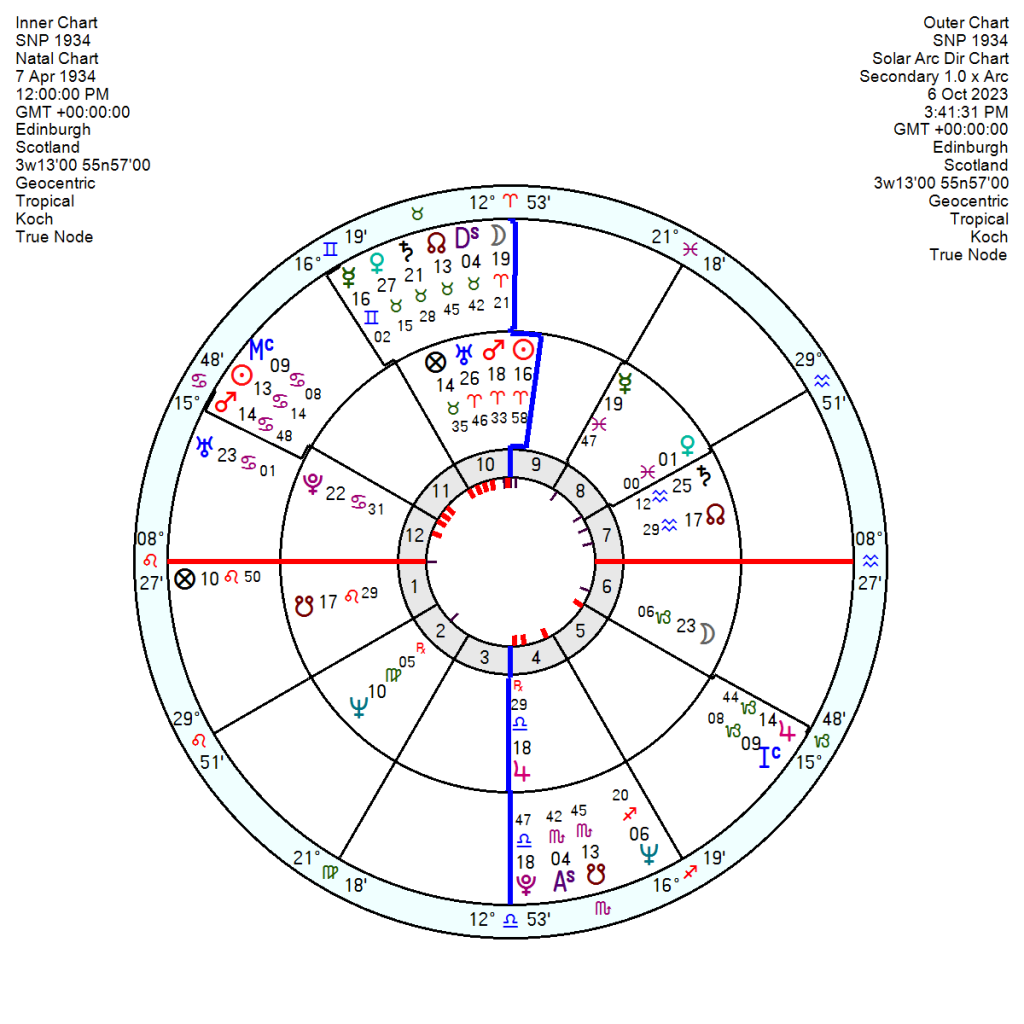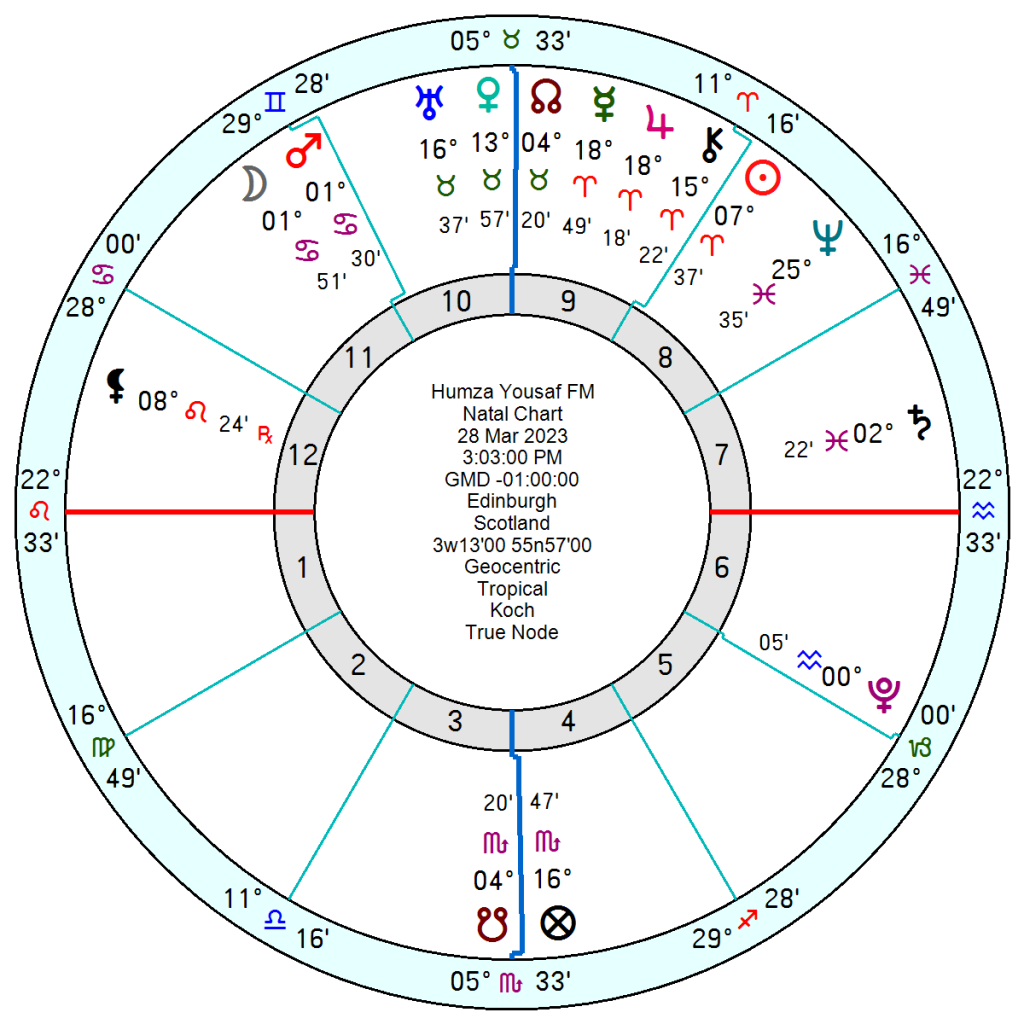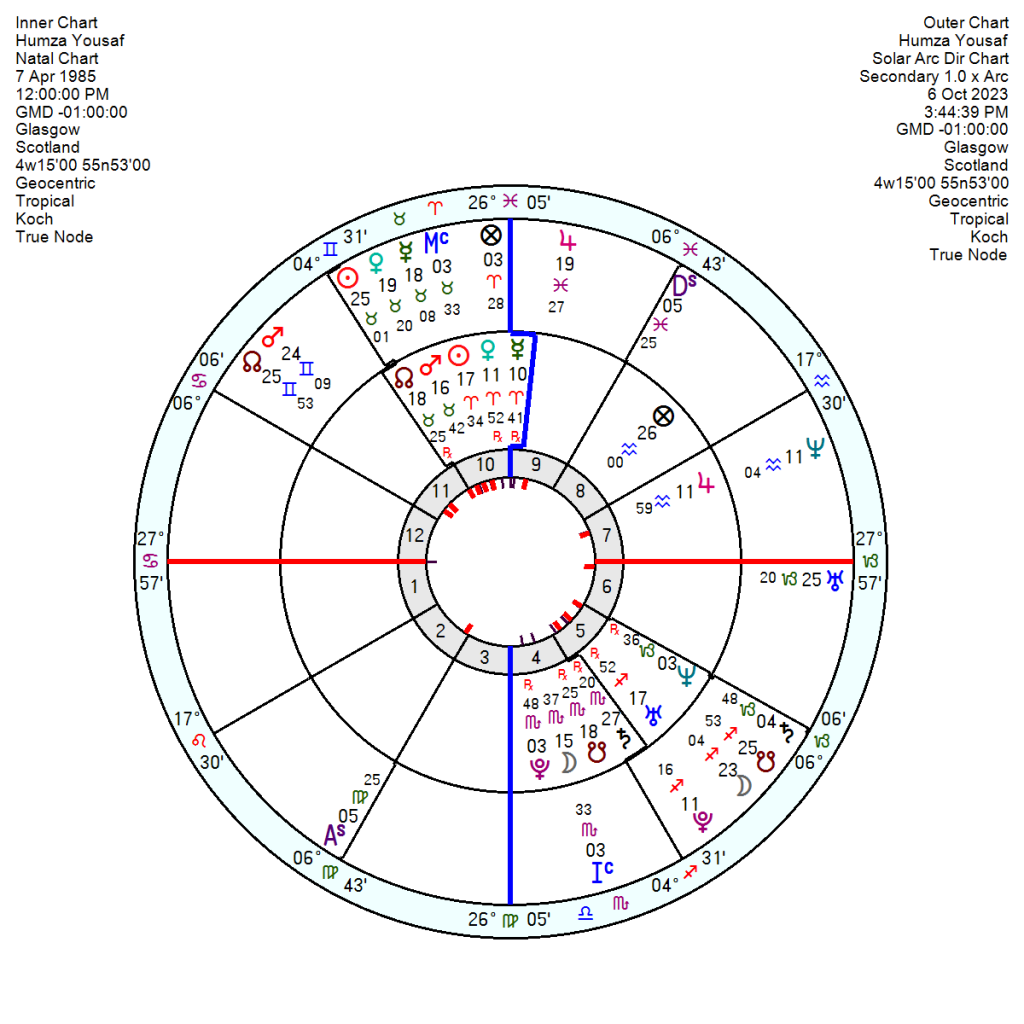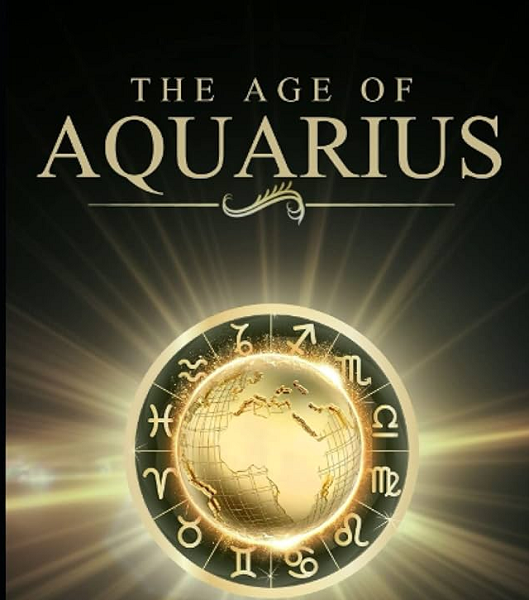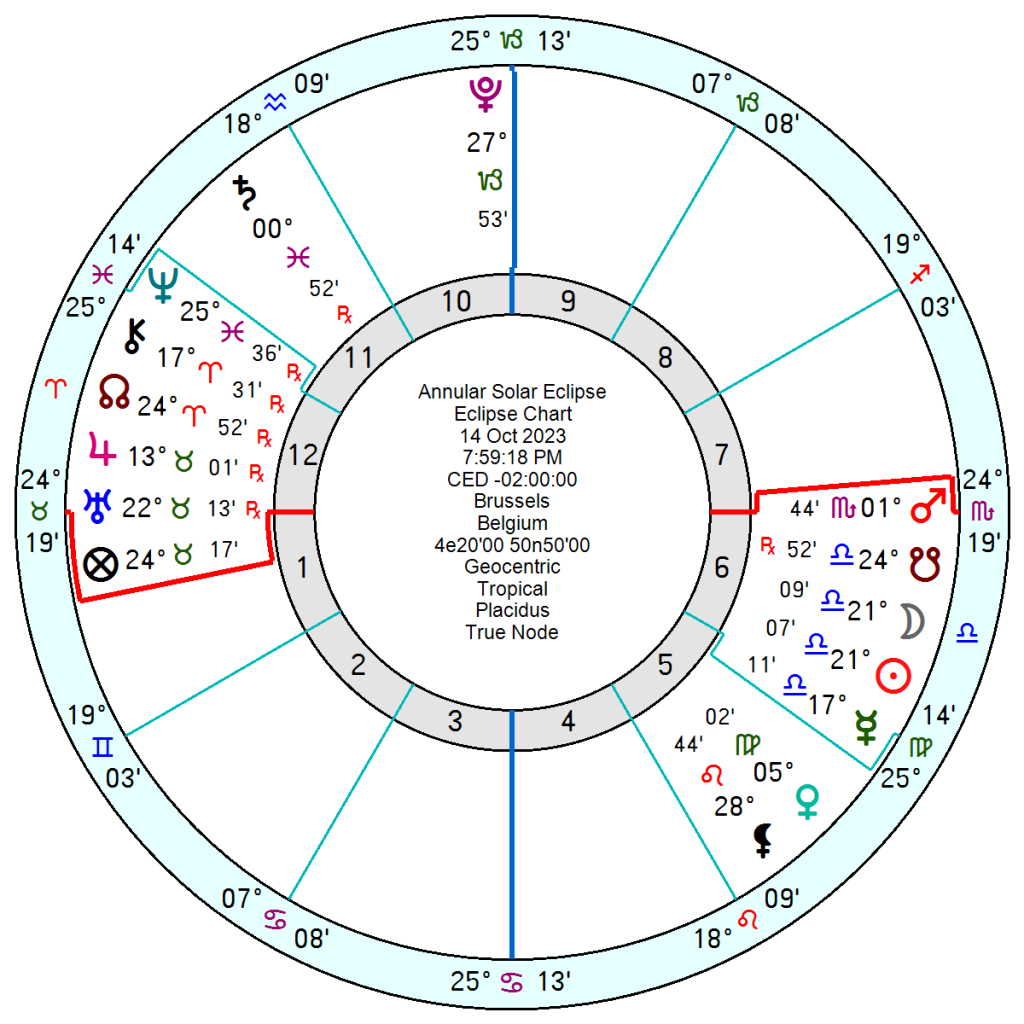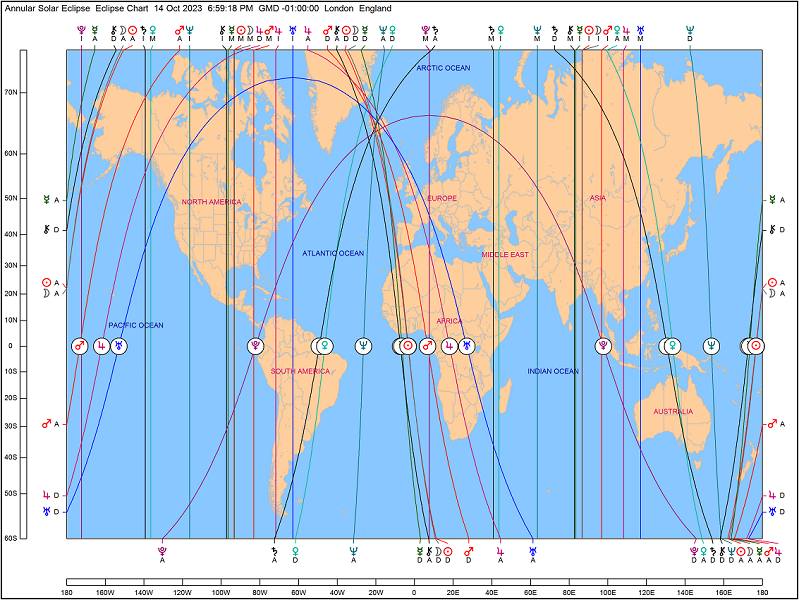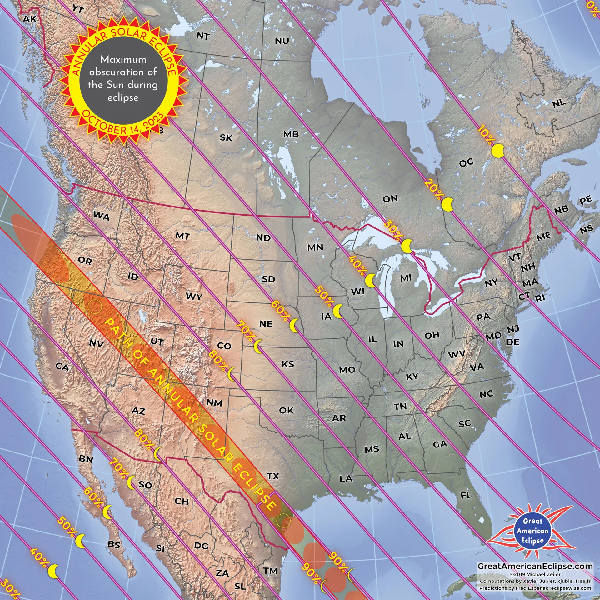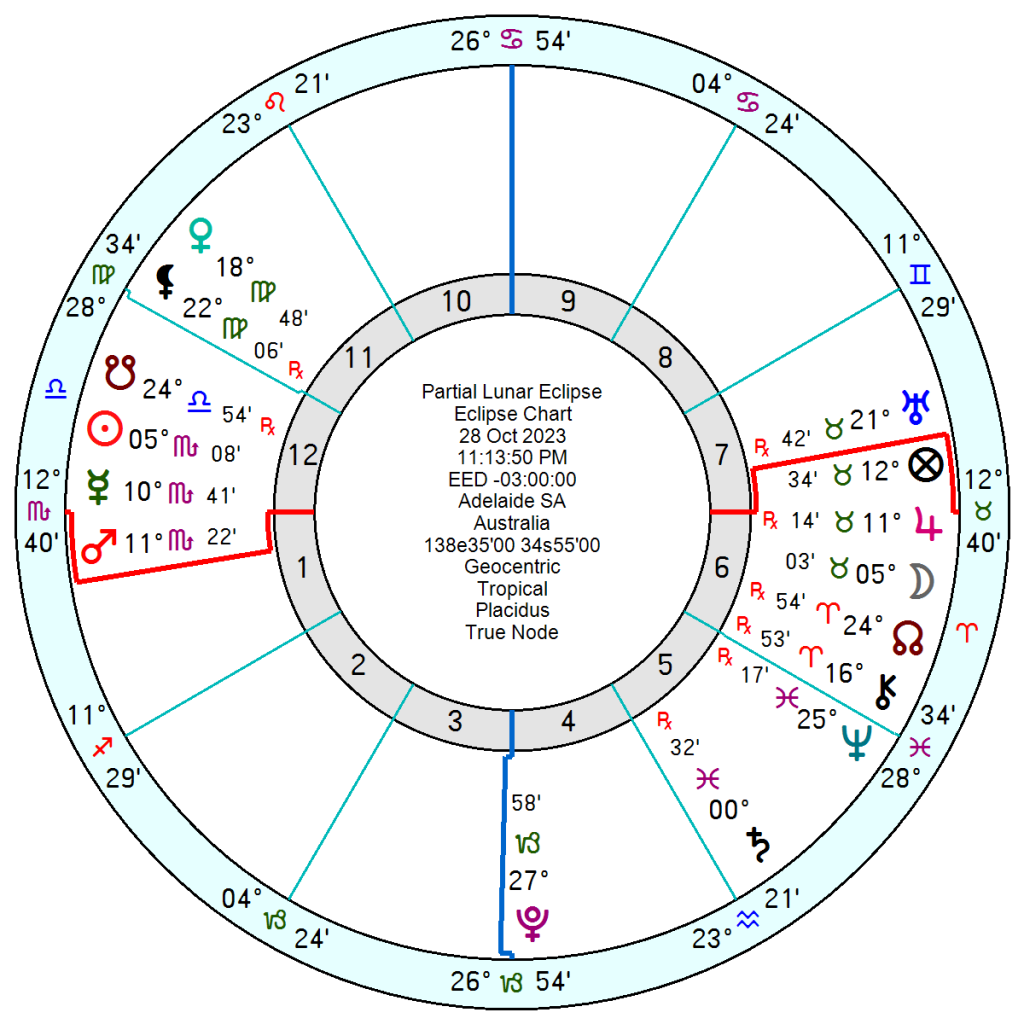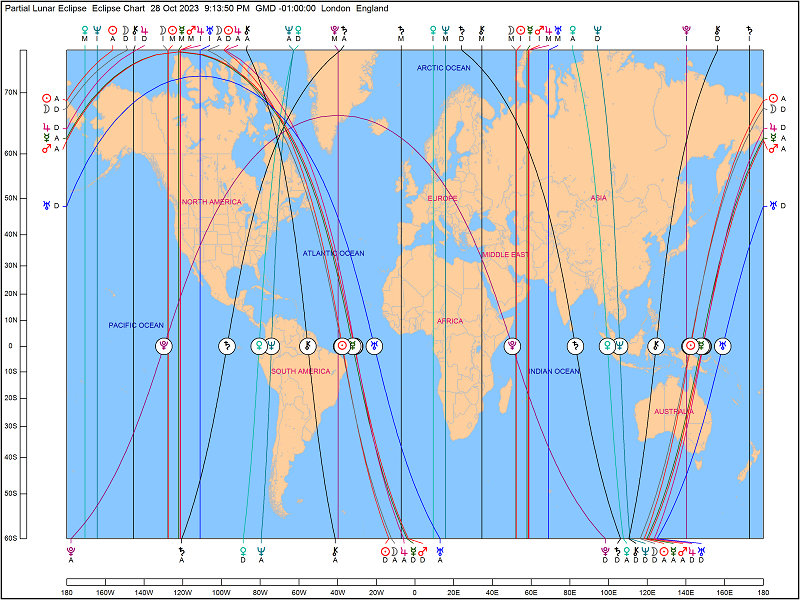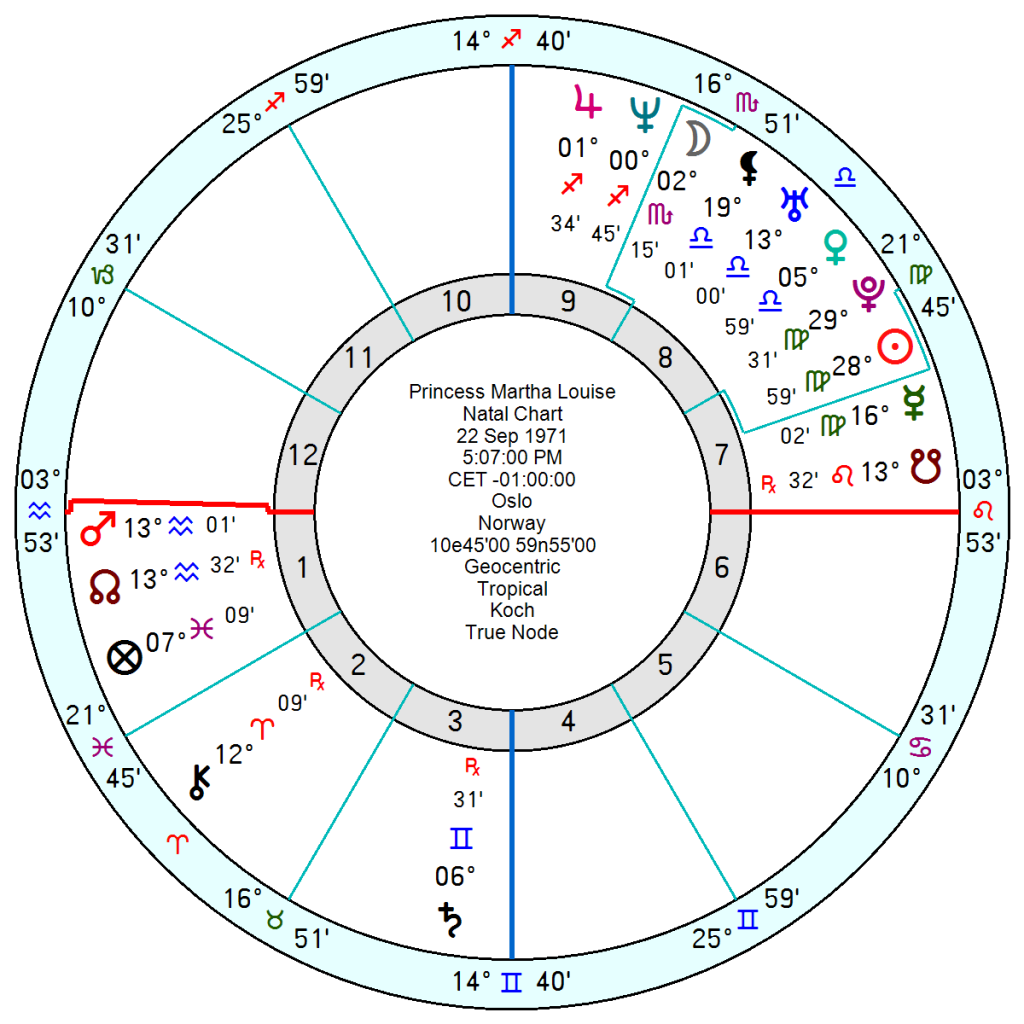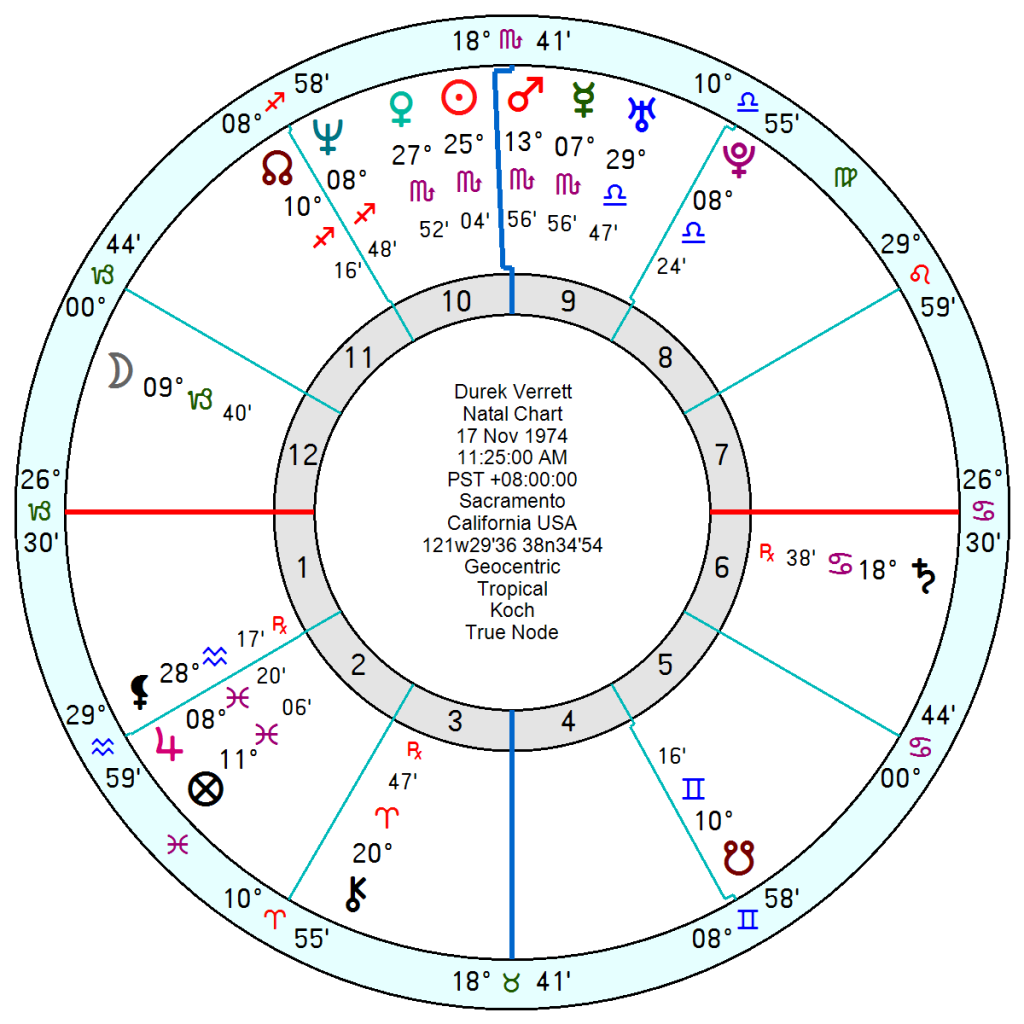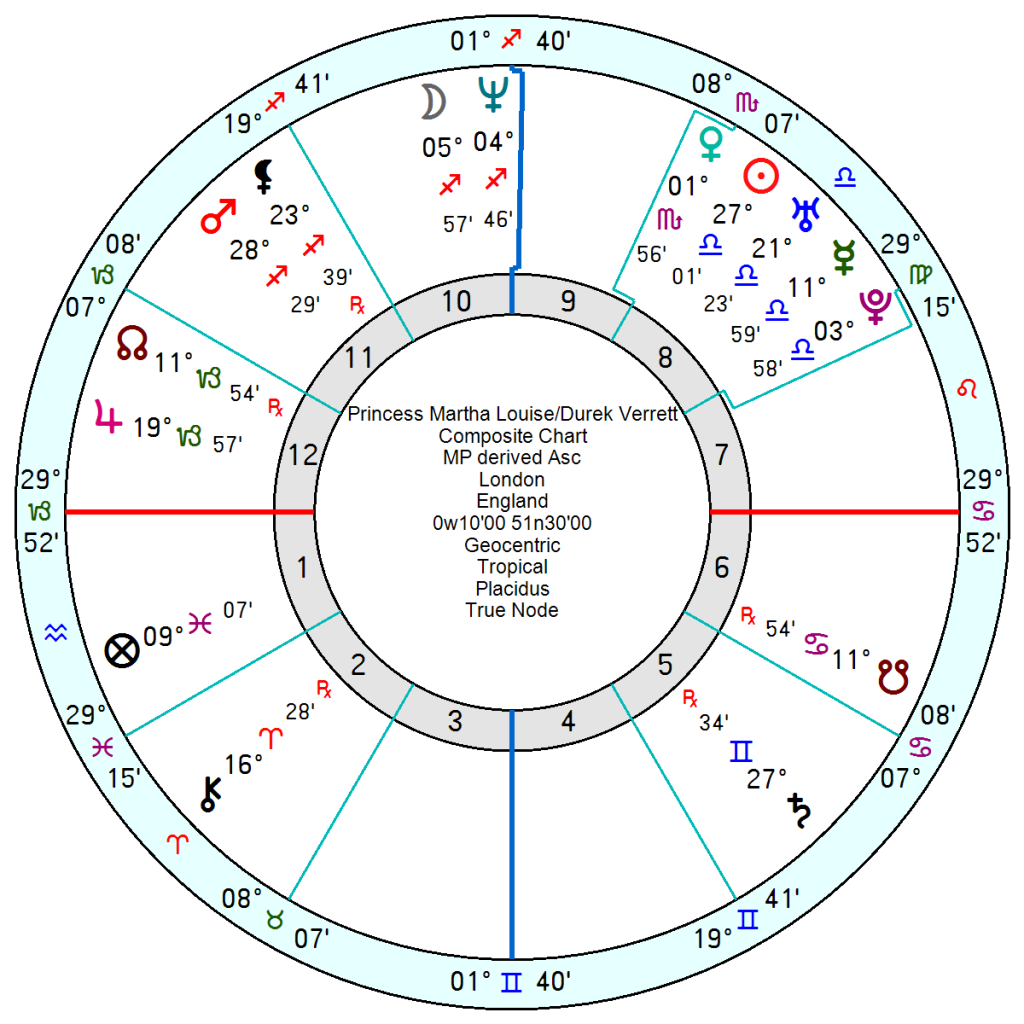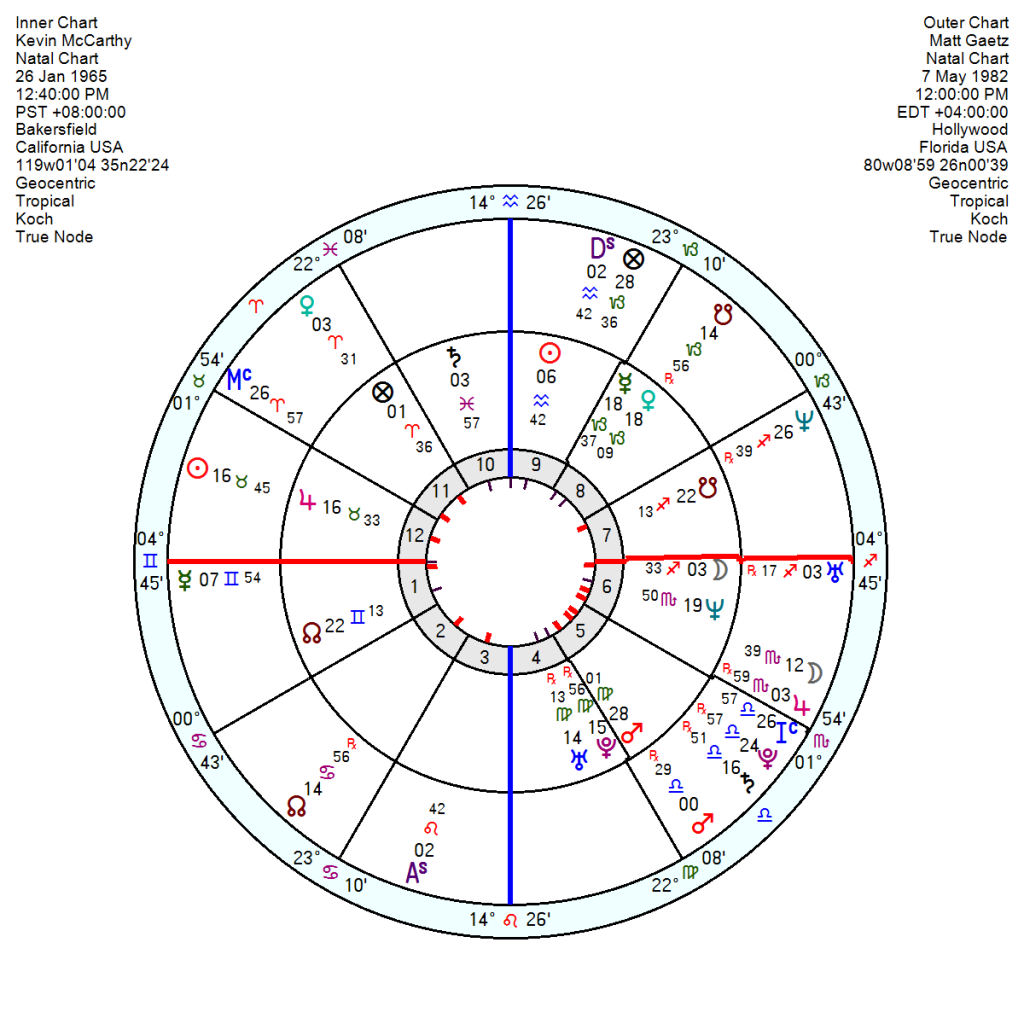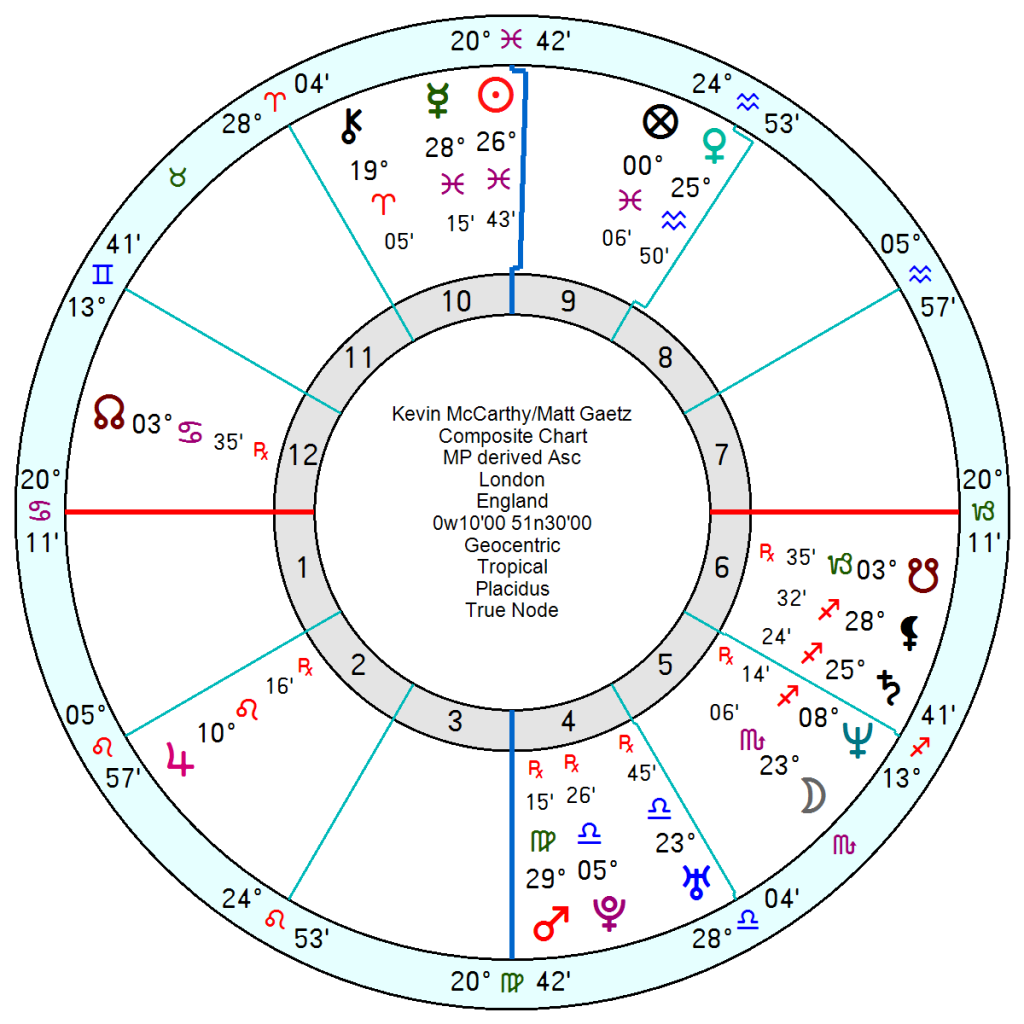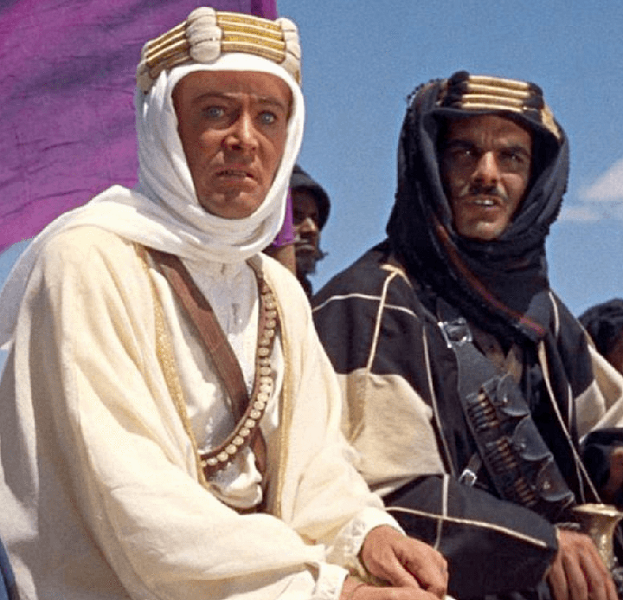
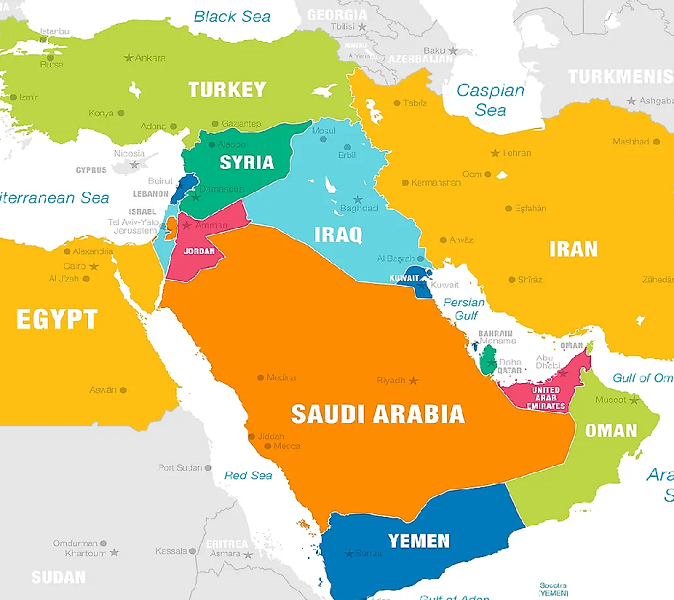
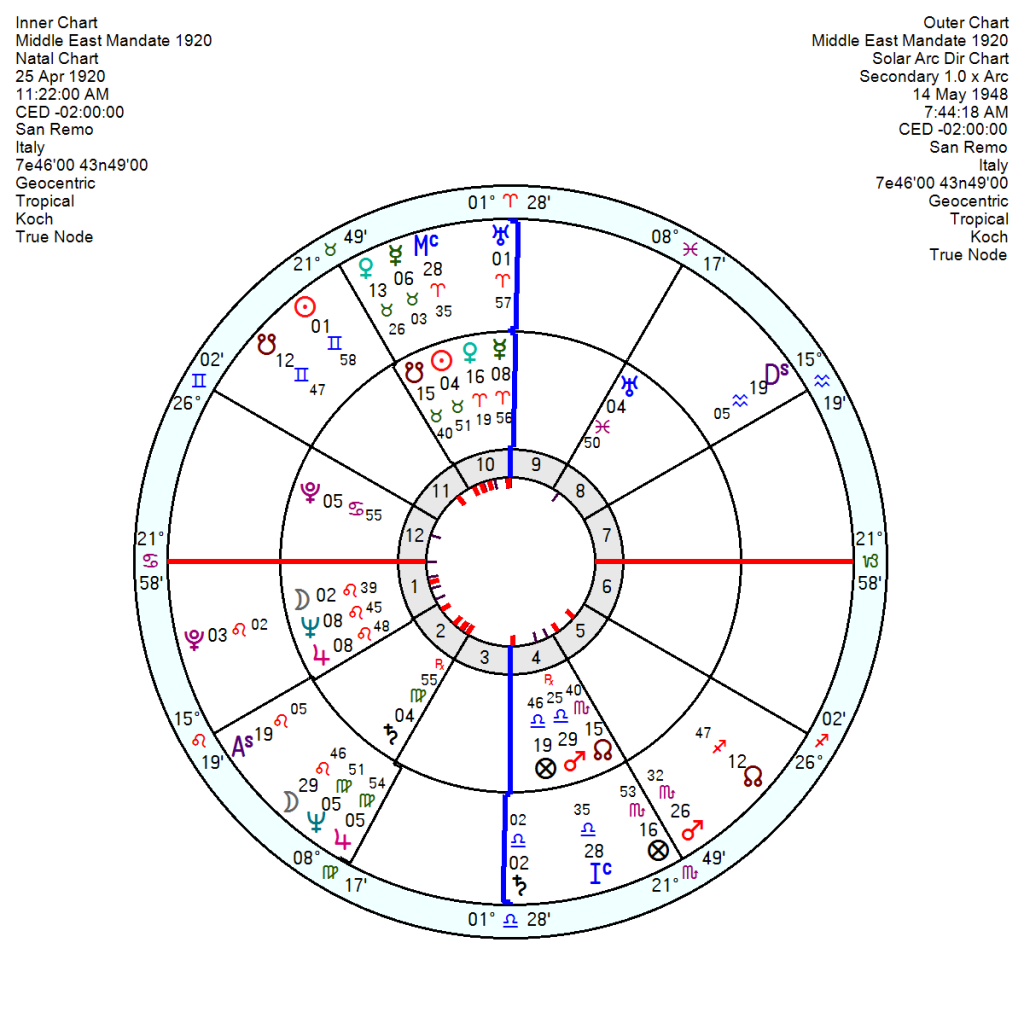
The Middle East, known as the cradle of civilization, is the birthplace and spiritual centre of religions such as Christianity, Islam, Judaism, Manichaeism, Yezidi, Druze, Yarsan, and Mandeanism, Mithraism, Zoroastrianism, Manicheanism, and the Baháʼí Faith. Throughout its long history it has been a major center of world affairs, a melting pot economically, politically, culturally and militarily.
In the 20th Century there was a significant shift with the collapse of the 600 year long Ottoman Empire.
Potted history to follow. I apologise for the length but it helps to lay it out in some detail.
At the end of World War One, the superpowers of the day – the British and French with the agreement of Russia – on the basis of a secret 1916 agreement (Sykes-Picot) – carved up the remnants of the defeated Ottoman (Turkish) Empire. Cartographers drew country borders “initially defined by imperial tastes and trade rather than logic”. Promises made to the Arabs who had helped T.E.Lawrence in defeating the Turks were broken.
In 1917 the then British Foreign Secretary issued what was known as the Balfour Declaration (2 November 1917). It stated that the British government “view with favour the establishment in Palestine of a national home for the Jewish people” with the understanding that “nothing shall be done which may prejudice the civil and religious rights of existing non-Jewish communities in Palestine, or the rights and political status enjoyed by Jews in any other country.” The declaration had no force in international law being only an indication of support for the possibility, probably written in order to rally support during the war.
After World War One the British took Palestine which was set up under a League of Nations mandate in 1920/23, along with Iraq and Jordan. With the rise of fascism in Europe there was an influx of Jewish immigrants into Palestine which led to violent resistance from the indigenous Arabs. The Arab Revolt for independence and against open-ended Jewish immigration (1936 – 1939) ended with the Arabs defeated and de-weaponised.
Irgun, a Jewish terrorist organization, was active in the years after 1930 and ultimately was responsible for the bombing of the King David Hotel, Jerusalem in 1946, the administrative HQ for the British Mandate authority, killing 91. The Jewish insurgency continued with a series of widespread guerrilla raids including one in which the Irgun took two British sergeants hostage as attempted leverage against the planned execution of three Irgun operatives. After the executions were carried out, the Irgun killed the two British soldiers, hanged their bodies from trees, and left a booby trap at the scene which injured a British soldier. The incident caused widespread outrage in the UK. The British then withdrew from Palestine in haste leaving a shambles behind.
On April 9, 1948, just weeks before the creation of the State of Israel, members of the Israeli Irgun and Stern Gang militias attacked the village of Deir Yassin, killing at least 107 Palestinians. According to testimonies from the perpetrators and surviving victims, many of the people slaughtered – from those who were tied to trees and burned to death to those lined up against a wall and shot by submachine guns – were women, children and the elderly. As news of the atrocities spread, thousands fled their villages in fear. Eventually, some 700,000 Palestinians would flee or be forcibly displaced at the outset of Israel’s creation, making the massacre a decisive moment in Palestinian history.
“Depopulating Palestine was not a consequential war event, but a carefully planned strategy, authorised by [Israeli leader David] Ben-Gurion in March 1948,” historian Ilan Pappé wrote.
The massacre unleashed a cycle of violence and counterviolence that has been the pattern since. One politician of the time Meir Ya’ari noted “how easily” Israel’s leaders spoke of how it was “possible and permissible to take women, children and old men and to fill the road with them because such is the imperative of strategy. And this we say . . . who remember who used this means against our people during the [Second World] War . . . I am appalled.” The order to expel Palestinians “without attention to age” was signed by Yitzhak Rabin, a future prime minister promoted as a peacemaker.
Israel was declared a state in 1948 with no agreement as to borders or the partition with the Palestinians. Europe reeling from the effects of World War 11 and with the USA heavily involved in setting up international organisations and the Marshall Plan paid little attention. In general there was sympathy for Israel and guilt over the Holocaust with little knowledge of the state of play on the ground.
The 1948 Arab–Israeli War followed with soldiers from Egypt, Syria, Transjordan and Iraq entering Palestine. The later Six Day 1967 War and the Yom Kippur 1973 War kept the familiar Arab versus Israel violent narrative rolling.
In 1982 in retaliation for attacks being launched by the Palestine Liberation Organization, the Israeli army in association with Lebanese right-wing militia killed between 2,000 and 3,500 Palestinian refugees and Lebanese civilians in two days in the Sabra Shatila Camp massacre. Shatila was a Palestinian refugee camp, housing victims of the 1948 Nakba, or violent ethnic cleansing of Palestine.
The PLO formed for armed struggle had been responsible for the massacre of Jewish athletes at the 1972 Munich Olympics and other atrocities.
Ariel Sharon, the Israeli former army commander and then Minister of Defense was held personally responsible for the Sabra Shatila Camp massacres and resigned. He had previous form for a similar massacre at Qibya in 1953 when Israeli forces under his command massacred more than sixty-nine Palestinian villagers of whom two-thirds, were women and children. He later championed construction of Israeli settlements in the West Bank and Gaza Strip; triggered the Second Intifada by visiting the Al-Aqsa complex on the Temple Mount; and was Israel’s prime minister from 2001 to 2006.
The Middle East Mandate which handed Palestine to the British was signed on 25 April 1920 at 11.22am San Remo, Italy. Astrologer Michael Baigent argued it could be regarded as a chart for the 20th Century Middle East. Though it left various regions out.
There is a high-risk, brutal Grand Trine of Pluto trine Uranus trine Mars in late Libra, formed into a Kite by an unstable and can-be-autocratic Uranus opposition Saturn. Not a chart that suggests peace and harmony. There is a 4 degree Taurus Sun which will be triggered by the Lunar Eclipse this month.
When Israel was declared a state in 1948, the Solar Arc Uranus opposition Saturn had moved to have SA Uranus exactly conjunct the Midheaven and SA Saturn conjunct the IC; with SA Pluto conjunct the Moon.
When the 1973 Yom Kippur War broke out on 6 October 1973 tr Saturn was conjunct the Pluto; with tr Pluto inconjunct the Uranus and inconjunct the Sun.
It does seem to be a good chart for Palestine and what followed through I am not sure about the Middle East.
To add a personal note – I read a good many books about the Holocaust in my late teens and was immensely moved and sympathetic. Like many, I was supportive of the idea of Israel as a Jewish homeland after so many centuries of persecution. Only after the Sabra Shatila Camp Massacre report came out did I start to stand back and research what had been going on. The December 2008 Israeli attack on Gaza appalled and outraged me.
Pulling it together in a potted history poses huge ethical questions and makes it clear there are no good guys. Violence breeds violence. International policing should have been put in from square one but the west was otherwise distracted.
There probably at this late stage is no solution. Not everything can be fixed.

